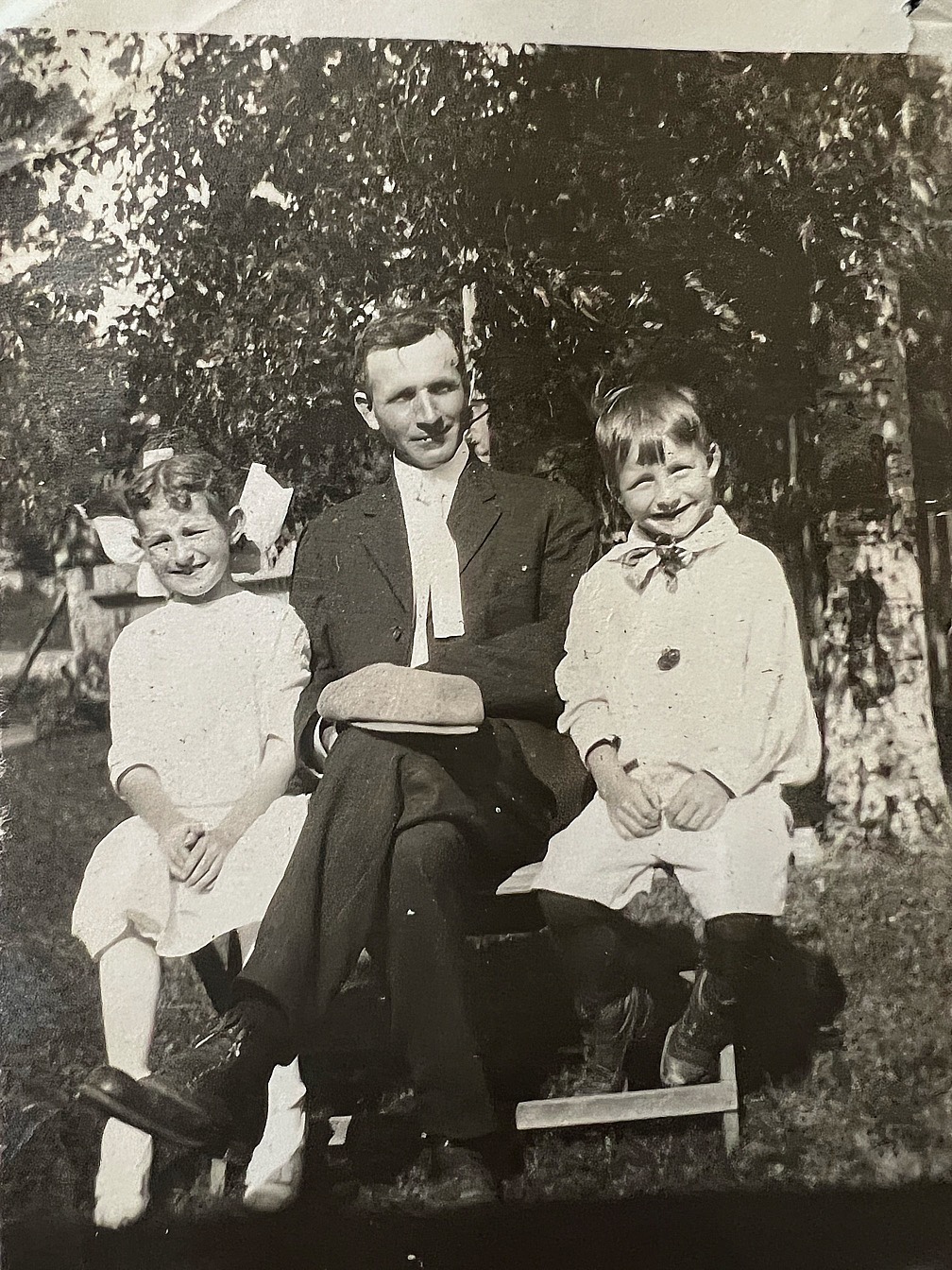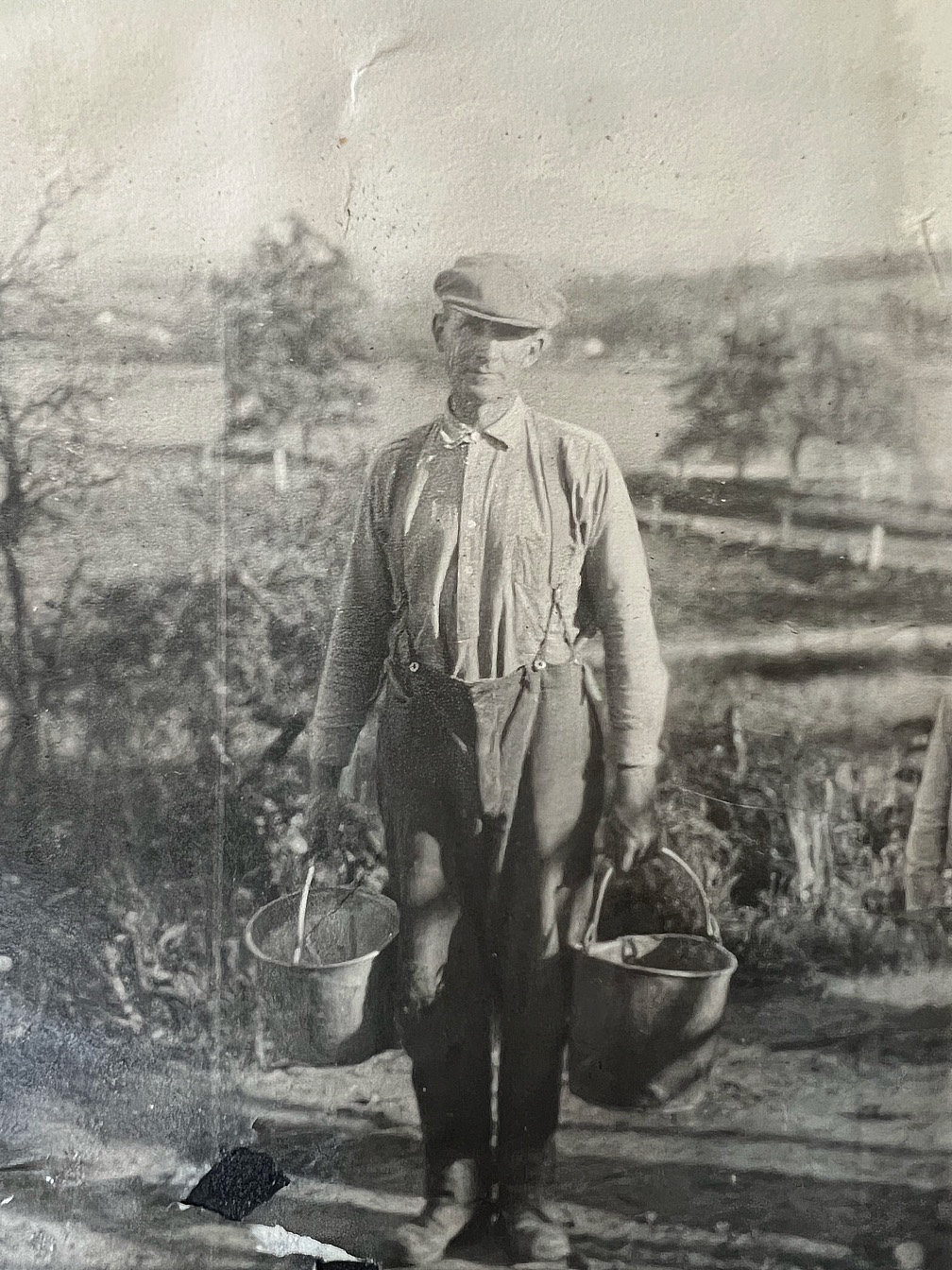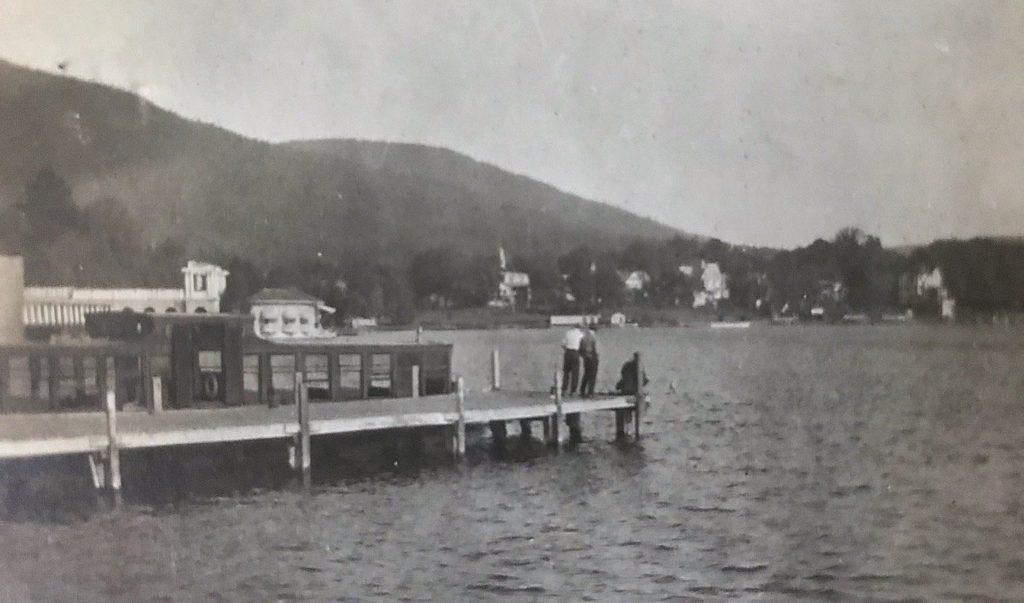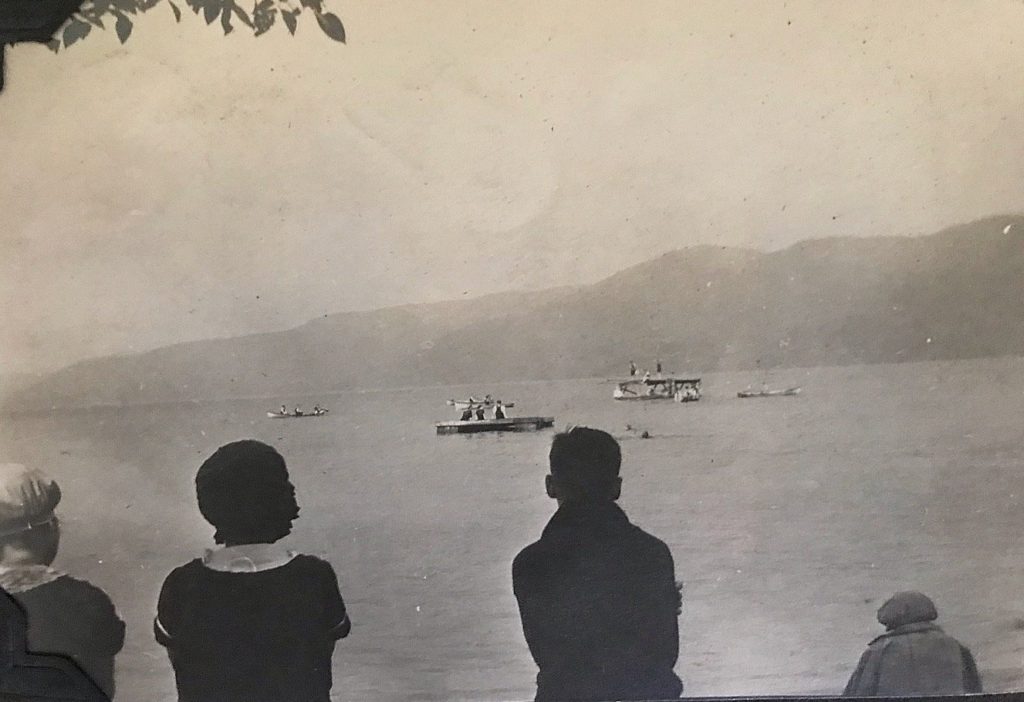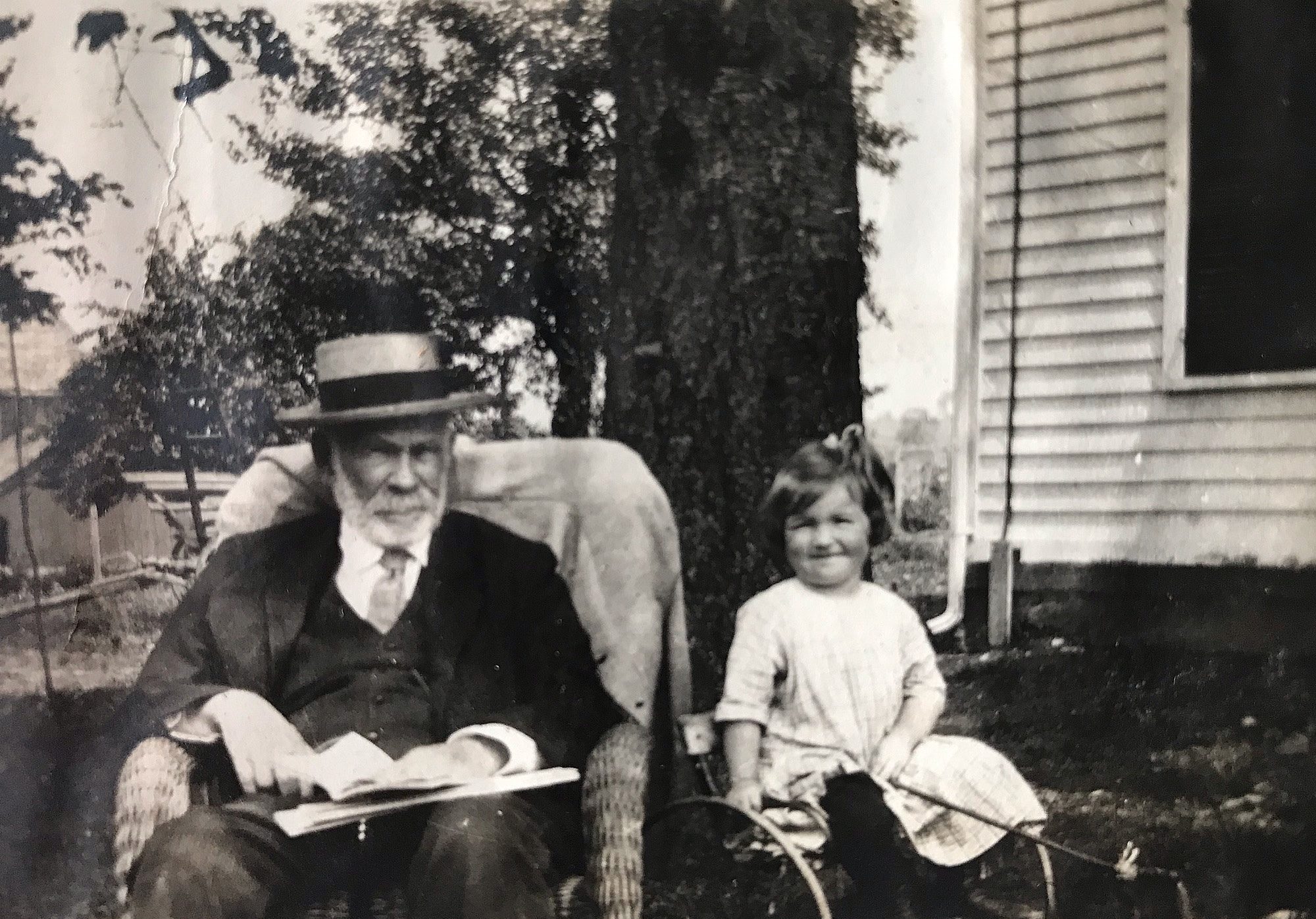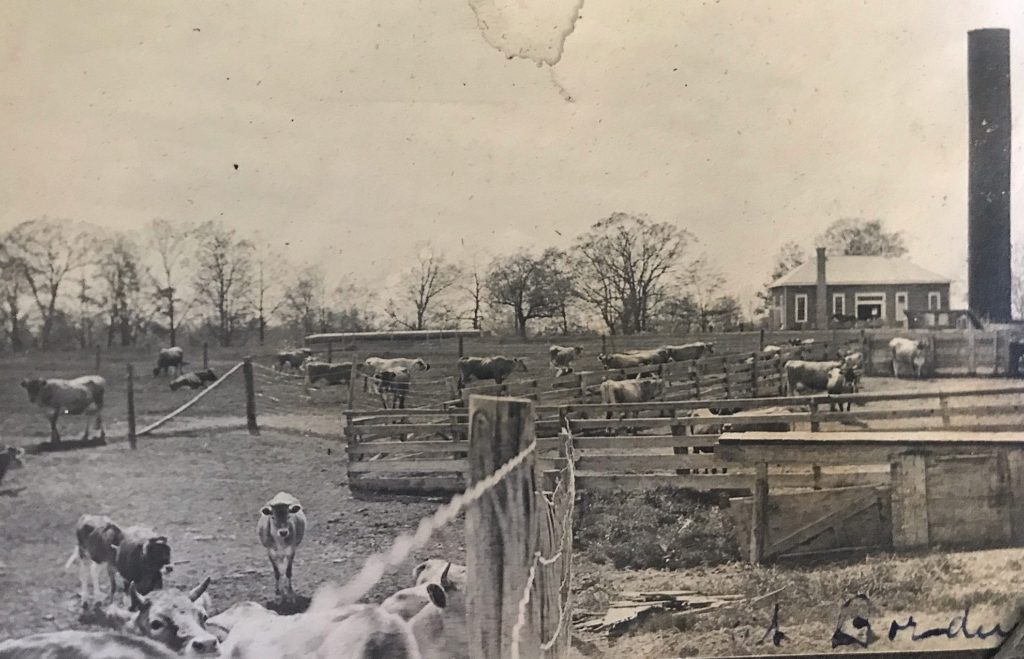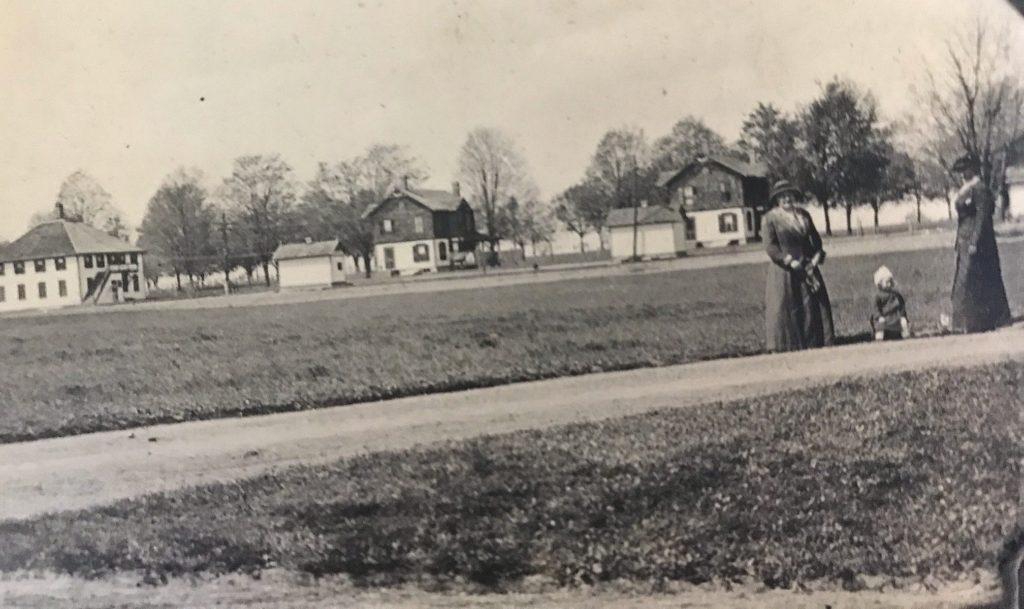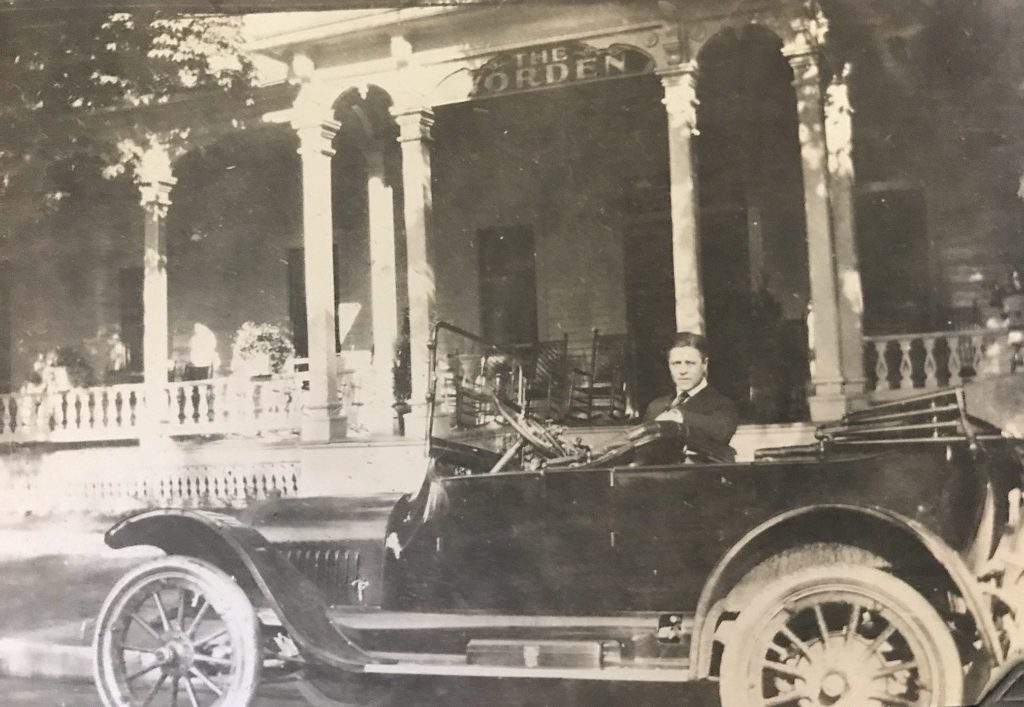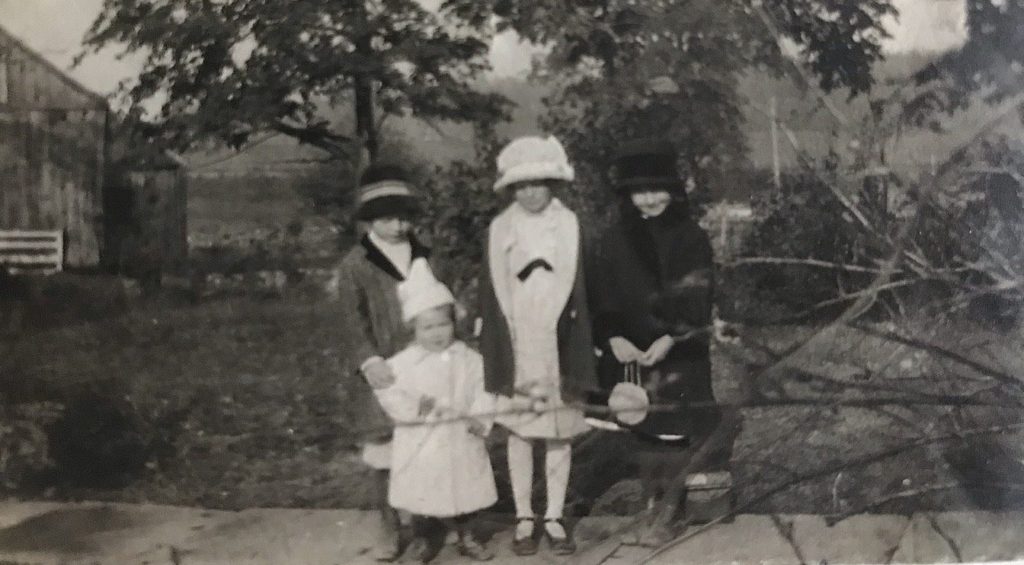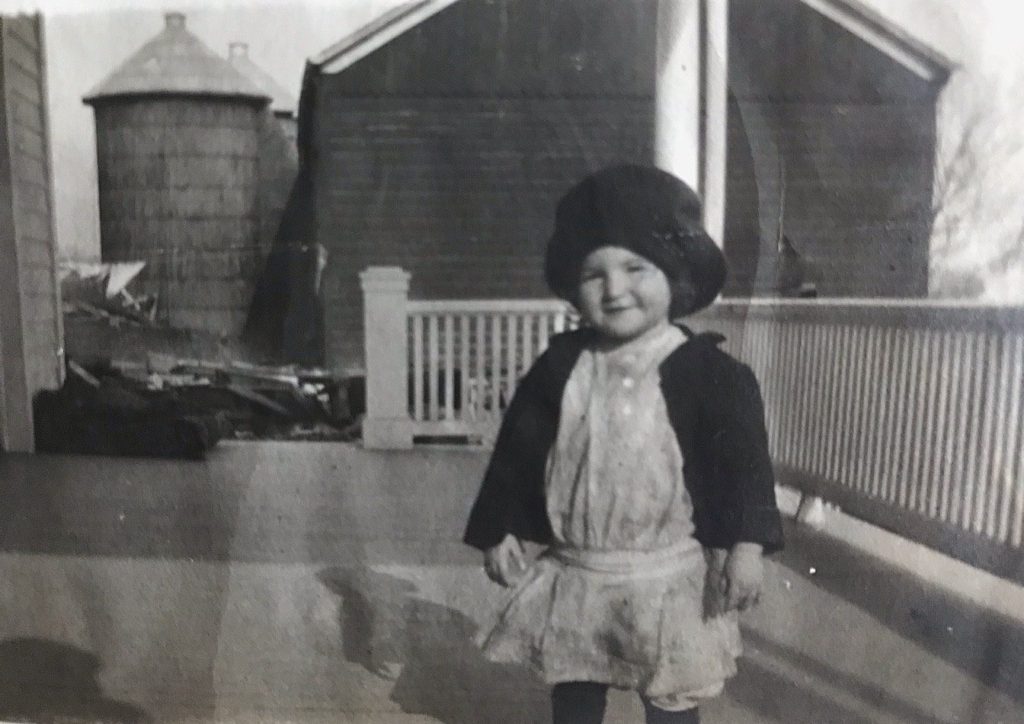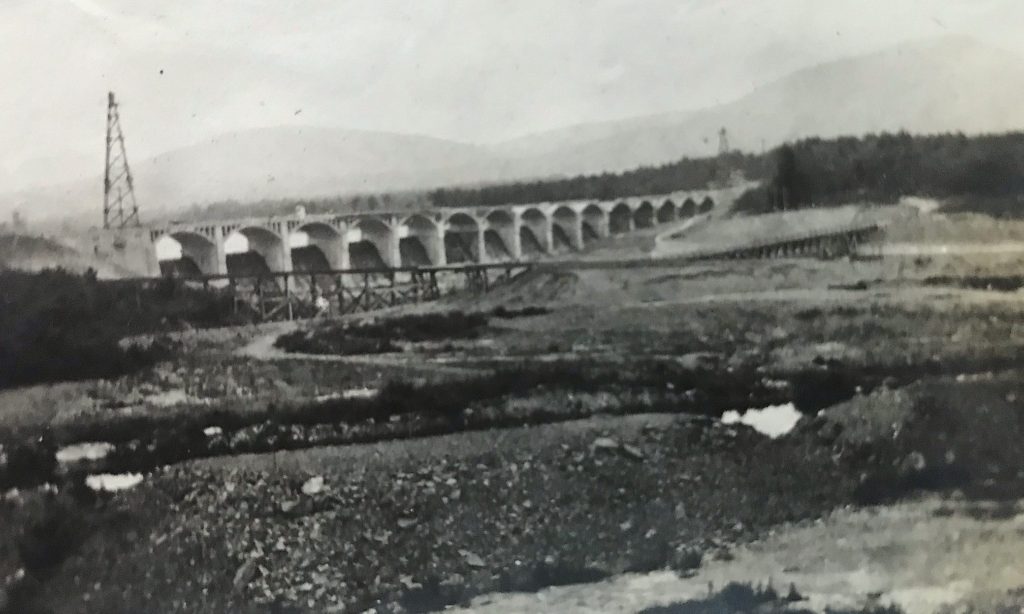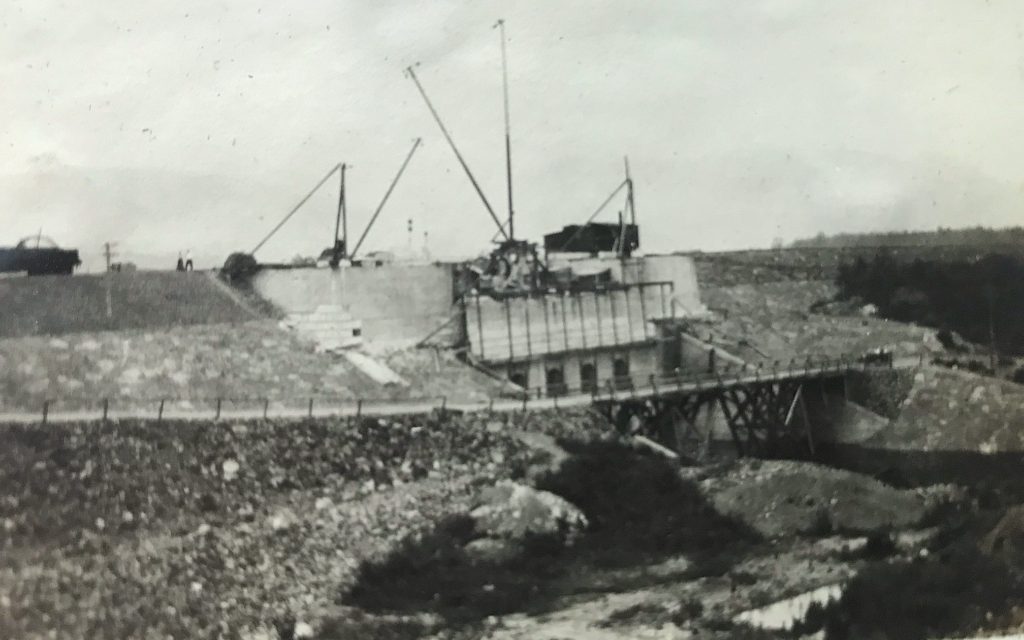Happy mid-July everyone! Hope the summer finds you well. My girls are enjoying summer day camp through the town this year. Other than (loud) complaints about the daily application of sunscreen, they seem very happy.
I’ve taken quite a break from the blog recently to focus on my job. Happily, the effort has paid off and I’ll be starting a new position this coming Monday! As always, though, it’s nice to come back to the album which sits there patiently for its secrets to be uncovered.
I think I have a fun one today, at least for anyone who knows Middletown well. It turns out that the Dunnings were friendly with the Moon family, who attended First Presbyterian Church with them. Truman Moon was a very famous man, and I (like many) attended an elementary school named after him. I was fortunate to pull up a very complete obituary so that you can learn more.
Meanwhile, I’m sharing a couple pictures that I’m convinced Truman took, of his daughter Peggy and of Clara Dunning.
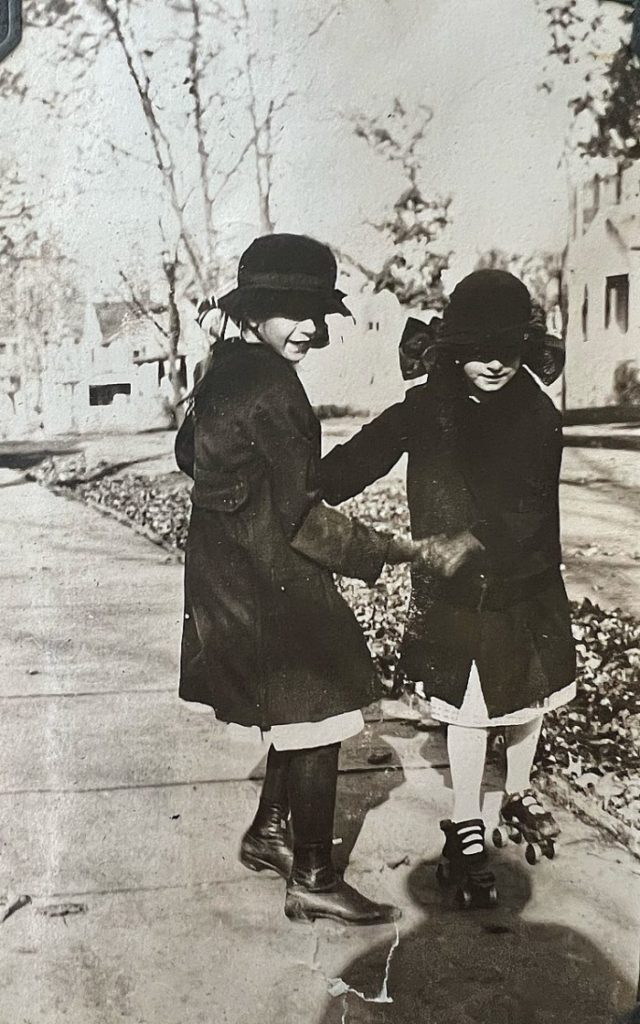
Here is the obituary, in full, from the July 15, 1946 edition of the Middletown Times Herald Record:
—————————-
Truman J. Moon, Retired Science Teacher, is Dead
Truman J. Moon, teacher, biologist and author, who was long prominent in educational and civic work in Middletown, died suddenly Saturday afternoon at his Summer home in Greensboro, Vermont. Memorial services for Mr. Moon were conducted yesterday afternoon at the Greensboro Church. His body will be cremated.
Surviving besides his wife, the former Lena Jordan, is a daughter, Margaret L. Moon.
Mr. Moon, whose home was at 106 West Main street, was former vice-principal and head of the Science Department at Middletown High School. He achieved national recognition in the early 1920’s through his textbook, Biology for Beginners, which is still in use in hundreds of American schools. Before the book was published it was introduced at the high school here, where students used mimeographed copies in their biology work.
In 1926 Mr. Moon revised the edition and several revisions have been made since that time. A Laboratory Manual for Beginners was published by Mr. Moon in 1922 and a revised edition was issued in 1927. The manual was issued in 1927. The manual was later revised by Miss Madeline West and Miss Edris Thayer, science teachers at the high school. His articles on scientific subjects have been printed widely in magazines such as Scientific American and Bird Lore, as well as many others.
Retired in 1937
Mr. Moon retired from teaching in June of 1937, after thirty-five years as head of the science department and vice-principal. Mr. Moon was credited with introducing new teaching methods at the high school and was originator of the development of a system for assigning pupils to classrooms, which facilitated grouping the pupils at the beginning of each term, so that class work could get underway immediately.
Mr. Moon, whose name appeared in several issues of Who’s Who In America for his work in the fields of biology and education, had for many years kept scrapbooks of Middletown High School activities and a catalogue of graduates, in which he recorded as nearly as possible, the movements of all alumni of the school.
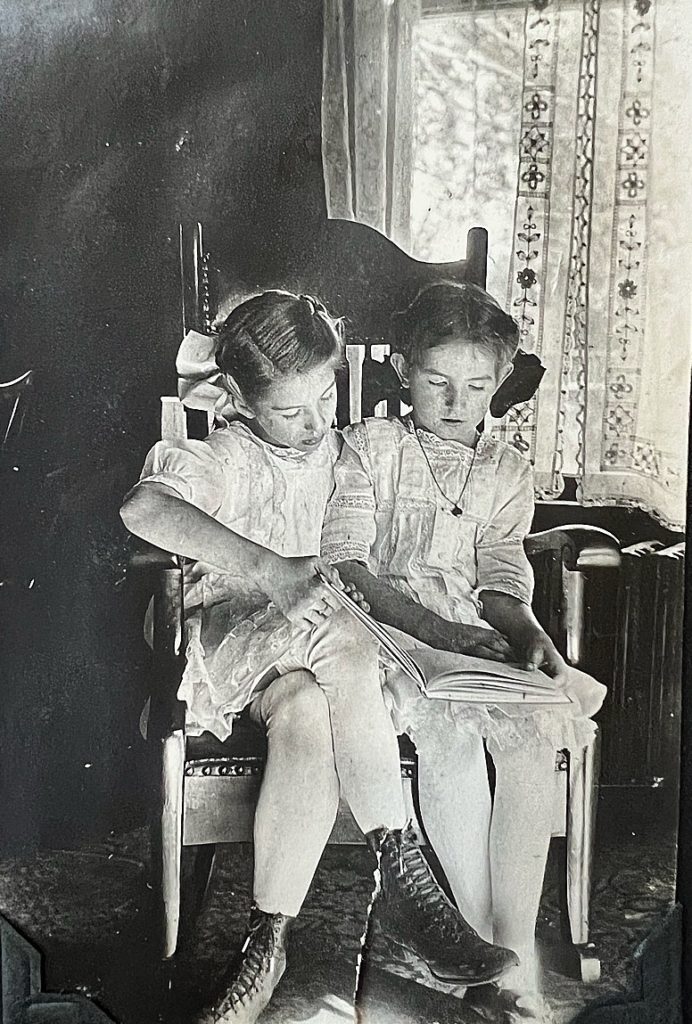
An ardent camera fan, he had through a period of years collected pictures of historic sites in Middletown, so that his collection is a remarkably complete record of the development of the city. A frequent contributor to the Public Forum in the Times Herald, his pictures of history-making scenes in the city, such as the World War One Armistice celebration, have also appeared on Times Herald pages.
Degree at Cornell
Mr. Moon was born at Nicholasville, N.Y., in 1879, a son of Asa and Lucinda Smith Moon. He studied at Potsdam Normal Preliminary and Potsdam State Normal School until 1899. He received his A.B. degree at Cornell in 1903. A year before that, however, he had accepted a post as Botany and Zoology teacher at the high school here. Cornell authorities had recommended his appointment for the high quality of his work.
He taught here a year and then completed a Summer course which gave him a degree. Returning to Middletown at the time Biology was introduced in the high school, he became the head of that department. Later he specialized in chemistry, although he held a continued interest in the biology work. He had served as a member of the Regents Committee to prepare examinations in Biology, and was also appointed a member of a committee to revise scientific courses in the state system. He refused the latter appointment because it was not in accord with a proposal to substitute general science for biology.
Mr. Moon had also served on the Board of Trustees of the First Presbyterian Church and had been an active member and officer of the Historical Society of Middletown and Walkill Precinct. He also held membership in the University Club and State Teachers’ Association. He had bene an instructor while a student at Potsdam and Cornell and had served with the New York State National Guard from 1918 to 1920.
Indicative of the esteem in which he was regarded was the statement issued by William A. Wilson, principal at the time of Mr. Moon’s retirement. Mr. Wilson said at that time that Mr. Moon’s abilities were reflected “time and time again” in the qualifications of students leaving his classes.
Praise of faculty, members and students has always been limitless. Former students can recall his calm and easy methods of teaching and his unique quality for witty remarks which never failed to score a point in the classroom.
Should you want to read Biology for Beginners, I actually found it online here!
I found very little about Peggy Moon’s later life, unfortunately. What I did find is that, in 1971, she gave 150 acres of land in her parents’ name to the Orange County Land Trust. Located in the Town of Walkill and called “Moonbeams Preserve”, this is apparently “a great place for a fall hike”. I’ve copied the information below for any interested parties. 🙂
I hope you have a great July and look forward to catching up with you again soon!

